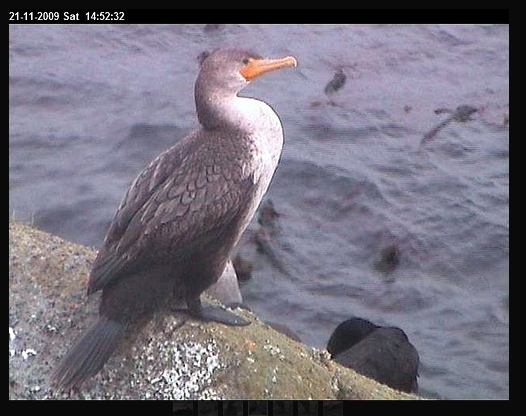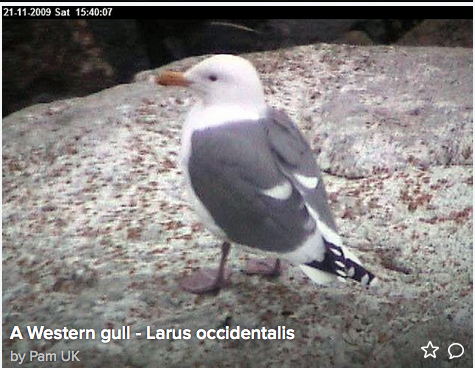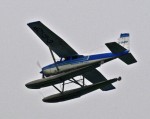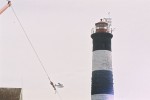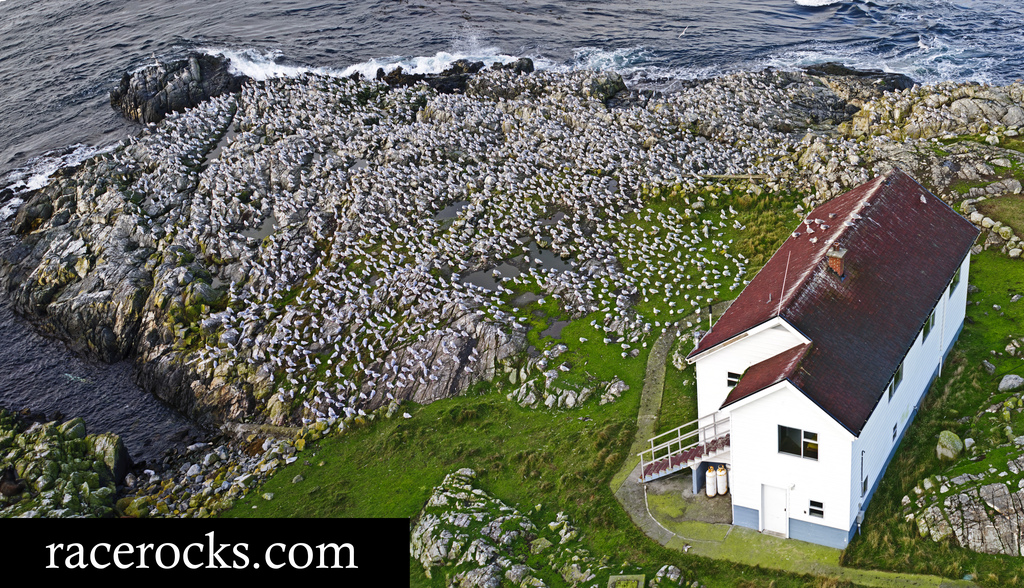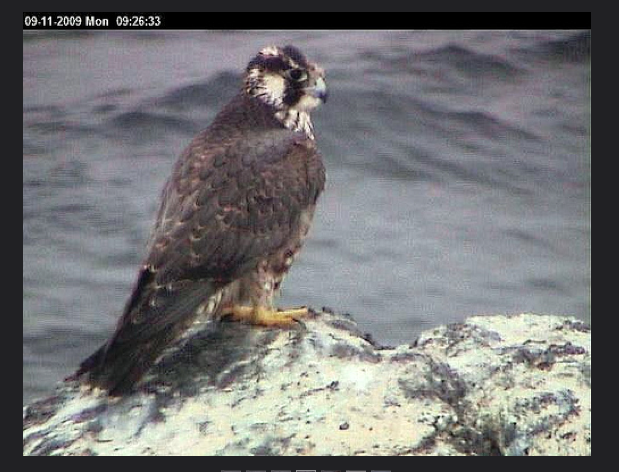Race Rocks Public Advisory Board Meeting #2 at Pearson College, Metchosin, November 26, 2009: Minutes Continue reading
Monthly Archives: November 2009
Values Input Table for DFO MPA discussion
Lester Peasron College produced the following Values Input Table as part of the discussions for the MPZ Advisory Board.
| VALUES INPUT TABLE: for DFO Race Rocks MPA Advisory Board Process.Past, Present, Future Use Lester B.Pearson College’s first significant interaction with the area was in 1977 as a location for marine biology field trips and diving. Faculty and students initiated the process of getting it preserved as an ecological reserve in 1979: http://www.racerocks.com/racerock/history/rrerhist.htm and assisted BC Parks in the preparation of the Management plan. Since that time there has been a continuous record of student, faculty and staff involvement in doing ecological monitoring in the reserve and in student and visitor field trips, From the 2005 report on State of Ecological Reserves in BC, ” For the past several years the Ministry has regularly stated that it is committed to shared stewardship and partnerships. Such a commitment by the Ministry requires innovative approaches and resources. The Race Rocks Ecological Reserve is clearly exemplary from a shared stewardship, ecological protection, public education and applied research perspective.” Pearson College has supported student research at Rocks , and the faculty and students have assisted outside scientists in research projects there. Each year it provides boat cover for the Christmas Bird Count by the Victoria Natural History Society. A college faculty member, now retired has continued to serve as Ecological Reserve warden for BC Parks since 1980. and in 1997, the college took over full time management of the Ecological Reserve and the island facilities on a long term lease from BC Parks. Lester Pearson College has a high level of participation in R&D and energy projects such as the AXYS wind resource assessment buoy testing It has also implemented more efficient water systems and is currently upgrading the composting toilets… The college has also had an ongoing ecological restoration program for the island in an attempt to mitigate ecological footprint of former operations on the island. In 2000, Pearson College secured a grant from the Millennium foundation for the installation of a LAN on the island and internet connection passing live remote controlled video and audio to the outside world by microwave. Ecological features of importance: It is the largest marine mammal haulout and birthing colony on southern Vancouver Island and a Northern Elephant seal birthing colony, a harbour seal birthing colony, a haulout for a large colony of Northern ( Steller’s) sea lion from August to April, and a haulout for a large colony of California sea lions especially Sept. to December each year. The college has supported research on hydroids by Dr. Anita Brinckmann-Voss leading to the identification of over 65 species of that group of cnidarians, several which are new species records. In the racerocks.com taxonomy files, an inventory featuring all individual species from the island is continually being updated as new photographs, videos and observations are available. A large bank of video archives also forms a core of the documentation of animals and events on the island, and the Daily Log section provides a record of daily happenings on the island from the viewpoint of the resident ecoguardian, a monthly photo gallery provided by a viewer using the remote camera, and a log of updates to the website of resources for Race Rocks.
The geology: and other physical factors of the area are unique as well and provide a special set of habitats to a large number of species. Cultural features of importance The island has a historic light station and has hosted generations of pioneering light keeper families who survived under difficult conditions. A year from now, in December 2010, the light tower marks its 150th year as a guiding beacon for those plying the waters of the Strait of Juan de Fuca. In recent years, our investigations on the rock mounds on the island have led them to be identified as pre-contact First Nations burial mounds from a culture that thrived in the area from 1000 to 1500 years ago, and then disappeared . In the year 2000 with the assistance of a First Nations elder, we sought the place name for Race Rocks from a another elder, the late Tom Charles , and were granted permission then to use the Klallum name Xwayen, the area of swift flowing water. Race Rocks is essentially in the geographic centre of the Salish Sea. The first peoples of that sea recognized the close relationship between the land and the sea and we have always dedicated on the home page of racerocks.com, an icon which changes with the 13 stages of he moon as recognized by that culture. Human Threats to any of the important features. There is ongoing concern for boat traffic, noise and effluent that goes with it, speed reduction and viewing distance. Airline overflights continue to cause occasional disruption to the mammal and bird colonies. The implementation of the DFO regulations on Marine wildlife viewing are long overdue.http://www.racerocks.com/racerock/admin/disturbances.htm The threat of an oil or chemical spill is always possible in the Strait of Juan de Fuca. This would be heightened if there is an increase in Juan de Fuca Tanker Traffic and removal of the moratorium on offshore drilling. The disposal of wastes and bilge water from all ships and the increasing onset of Cruise lines operating in the area is a real concern. The rockfish protection area should be maintained and strengthened so that threats to marine mammals are reduced and stock recovery in the area is enhanced. Other threats to the area A general statement of your vision for the area The commitment of volunteers, faculty, staff and students of Pearson College over the last 30 years in assembling the resources of Race Rocks and then making them available on racerocks.com and racerocks.ca is evidence of how we value maintaining the ecological integrity of the reserve, and wish to continue sharing it with the world. We plan to continue to support the activities and programs currently underway; improve on them and support new activities and endeavours that will add to our understanding and continued protection of the ecosystem. The College is committed to explore and expand its research and education opportunities available at RR and maintain a long term presence as the custodian of the Ecological Reserve. It will continue to demonstrate the use and integration of sustainable resources and renewable energy with the goal to reduce the emissions from our operations to an absolute minimum. Since de-staffing of the station by the Coast Guard in 1997, Lester B. Pearson College has hired Ecoguardian staff to be resident on Race Rocks and has raised over $1 million for operating costs at Race Rocks in the past 12 years of operation. Pearson College will continue to employ staff as Ecoguardians and station operators year round. Currently a full time resident marine scientist holds this position. Why is the Area important to you? |
|||||||||
|
|||||||||
Pam Birley’s images from the remote cam.
Seagulls on East shore–Nov 20, 2009
Race Rocks Public Advisory Board Terms of Reference 2010
Race Rocks Public Advisory Board Terms of Reference
See the final version approved by DFO
Introduction | Purpose | Objectives | Participation, Roles and Responsibilities | Participants
Process for Formulating Recommendations | Meetings | Deliverables | Timelines
1. Introduction
Section 35 (1) of the Oceans Act provides the authority for the designation of Marine Protected Areas (MPAs). An MPA may only be established for one or more of the following reasons. The conservation and protection of:
Commercial and non-commercial fisheries, including marine mammals and their habitats;
Endangered or threatened species and their habitats
Unique habitats;
Marine areas of high biodiversity or biological productivity;
Any other marine resource of habitat as is necessary to fulfill the mandate of the Minister of Fisheries and Oceans.
DFO is considering designating the Race Rocks marine area as an MPA for a number of reasons:
As a transition zone between the Pacific Ocean and coastal waters, the area is renowned for its exceptional diversity of marine life.
It is an area of high biodiversity and biological productivity.
It is important habitat for marine mammals and the area provides habitat for threatened species.
The area has cultural significance to local First Nations. There is recognition that, should a Marine Protected Area (MPA) be established, the Government of Canada as represented by DFO will work cooperatively with the First Nations in the care and management of the MPA towards a common vision for the MPA.
The Race Rocks group of islets and submerged land was designated as an Ecological Reserve in 1980 under the province of British Columbia’s legislative authority. A cooperative management relationship with the Province has been developed with Lester B. Pearson College of the Pacific. DFO and BC Parks, in collaboration with First Nations, stakeholders and the public, are aiming to develop further management strategies to support conservation objectives for the area. To aid in this purpose the Race Rocks Public Advisory Board (RRPAB) has been convened with representation from a number of stakeholder groups and levels of government. Continue reading
Airplane and helicopter flights under 305 metres ( 1000ft)
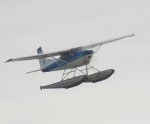 Shortly after 11 AM, Oct. 18/2009, a float plane over the reserve at very low altitude (well under 305 metres, (1000 ft.): reported by a kayak tour group.
|
|
For a Creel survey, the fisheries observer on board knows which are the restricted fishing areas and if he sees a vessel that appears to be engaged in sport fishing in a restricted area he tries to get the vessel’s license number or name to pass along to enforcement. It has a defined route that includes going by Race Rocks, usually at 500′. UPDATE: The flight on Oct.18 2009 was also a DFO Creel survey flight which went to 300’ to check out a vessel which appeared to be involved with sports fishing.
The Problem with Airplanes and Helicopters.Sea lions and harbour seals are especially wary of low flights by helicopters and airplanes usually leading to stampeding into the water.  A helicopter landing on the island at the wrong time of year can cause havoc among the seabird colony. This video shows the aftermath of a landing by a coastguard helicopter in August of 2003. At that time, the Glaucous winged Gull chicks are able to move around within the envelop of their nesting area but leaving that area means certain death by being pulled apart by other adults. This territorial behaviour has evolved as a mechanism to prevent overcrowding of nesting areas. The helicopter landing the tower resulted in an high mortality rate.
A helicopter landing on the island at the wrong time of year can cause havoc among the seabird colony. This video shows the aftermath of a landing by a coastguard helicopter in August of 2003. At that time, the Glaucous winged Gull chicks are able to move around within the envelop of their nesting area but leaving that area means certain death by being pulled apart by other adults. This territorial behaviour has evolved as a mechanism to prevent overcrowding of nesting areas. The helicopter landing the tower resulted in an high mortality rate.
From the DFO Consultation Secretariat: Updated draft of the Marine Mammal Regulation Amendments (5) (a) No one shall operate an aircraft for purposes of aerial marine mammal observation at an altitude of less than 1000 feet.; (b) For purposes of subsection (a) “aerial marine mammal observation” means any alteration of course of an aircraft in flight which is designed to bring the aircraft closer to the marine mammals.Comment: Aircraft (fixed wing & helicopter) are handled separately because of the demonstrated disturbance of aircraft when flying over marine mammals and the risk associated for the marine mammals and the aircraft when landing on the water. This proposed regulation is currently being reviewed by Transport Canada to ensure consistency with existing aviation regulations.NOTE: As of November 12, 2009, the regulations of Transport Canada still do not reflect the 1000 ft distance. We understand they are working on this to harmonize the policy between departments. Further note: In the regulations for flying in Alaska a greater elevation distance is required.
From: “How to View Marine Mammals from an Airplane or Helicopter
• Maintain a 1500-foot (457.2 metres) minimum altitude when viewing marine mammals from the air.
• Buzzing, hovering, landing, taking off, and taxiing near marine mammals on land or in the water is likely to harass the animals.”It would be useful if the US and Canada could have some agreed upon figure.
Return to the Environmental Impact and Disturbances Index:
Elephant seals at 5 in number on Great Race Rocks
’2009-11-11′, ‘Elephant Seal’, 5, ‘First I have to apologize, I have been entering a lot of observations lately under the”Marine Life” category, and either this isn’t a public heading or all those entries have been lost to cyberspace.Recap:For the last week there have been 3 intermediate-sized elephant seal cows staying together near the boat house. One has rear flipper tags X201 and X202. The other two animals are a bit smaller than her. They alternate between an ever-rearranging sleeping pile to swimming around together in the shallows around the boat ramp. I have photos and footage of both. One of the smaller female’s right eye is milky/bluish, much like Slash’s bad eye. They are most often hauled out, but were swimming together as recently as yesterday morning. A fourth cow, this one a large adult was spotted yesterday hauled out on the intertidal island on the SE corner of the island. She has a distinctive bite scar on her lower back on the right side. She was observed this morning in the tidal channel partially submerged, facing the incoming water. As the tide reached a certain level she swam off. At the same time, a fifth large cow was observed in the shallows on the W side of the jetty. I photographed her smelling the air with her head raised out of the water, and I believe from that perspective she would have been able to see the smaller 3 by the boat house. However, there was no direct path that she could take and she eventually left. The only route elephant seals can take to access the majority of the island is the boat ramp on the E side of the jetty. This fifth cow had a distinctive long scar on the back right of her head/neck. I don’t know if there was this much elephant seal activity last year. I believe 5 females may be the most observed on Great Race Island on record.’, ‘Ryan’, ’11:45:09 ,
November Gulls
Ryan Murphy took this shot from the top of the tower. Race Rocks is an important winter roosting place for several species of gull. He did this image in high resolution so that it can be magnified considerably: This is the distribution of them on the south-west corner of Great Race Rocks, the main island of the Ecological Reserve. The Science house, (originally the assistant light-keeper residence) is shown on the right.
Peregrine Falcon at Race Rocks
Pam Birley took several images of a falcon with the remote camera today. See her images on her Flickr site: https://www.flickr.com/photos/66339356@N00/sets/72157622734684234/
See other images and notations about Peregrine Falcons at Race Rocks Ecological reserve.
It also appears in Pams picture file of Nov 27, 2009
Also she took some interesting pictures of A juvenile bald eagle:
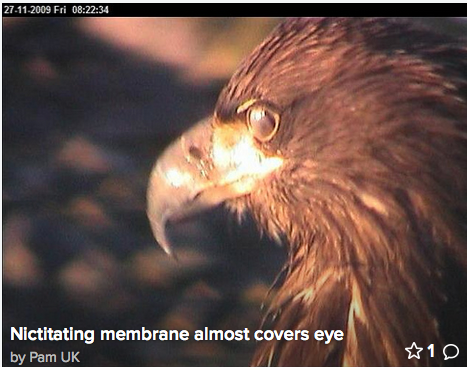
Airplane disruptions again
‘Disruption’, ‘Plane’, ‘PatBay Air’, ‘I am guessing the same plane made it’s third low pass over the island today around just before 11:00.’, ‘Ryan’, ’20:35:41′
-2009-11-10′, ’10:43:09′, ‘Disruption’, ‘Plane’, ‘C-GHZP’, ‘A PatBay Air craft made it’s 4th or 5th low altitude flight directly over Great Race Island today. The first such incident was reported to us by kayakers who were here enjoying the reserve. They noted that the overflight caused a marine mammal disturbance, and the 3 that I have documented have all involved marine mammal disturbances. Last Sunday was the last time there was such an incident and as such these incidents are occurring with an increasing frequency.’, ‘Ryan’, ’10:46:02′



